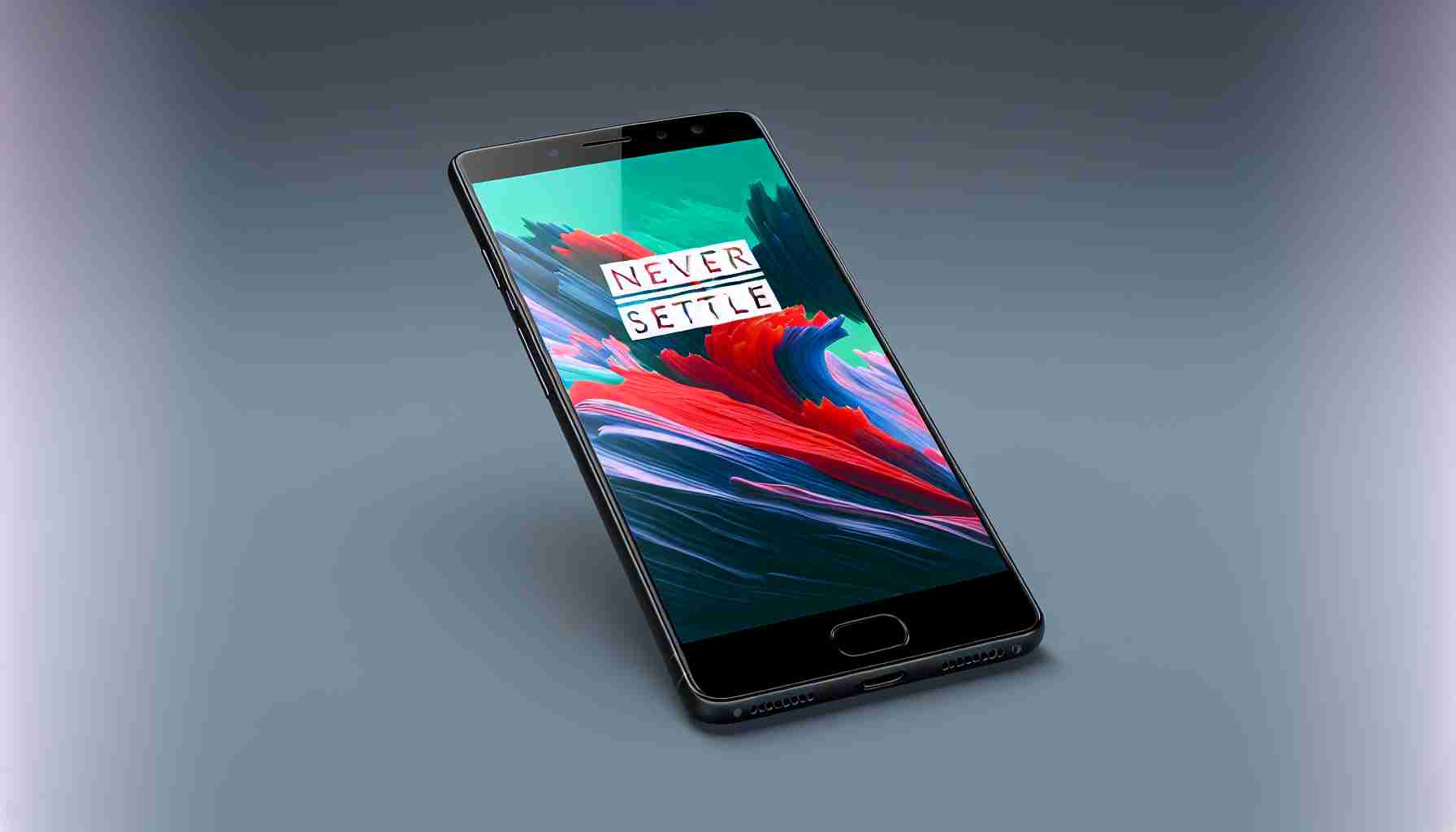When the OnePlus One burst onto the scene a decade ago, it redefined expectations for mobile devices with its striking sandstone back panel and an aggressive price point. Emerging as a challenger in the Android arena, the OnePlus One boasted an original price of $299. Despite initial skepticism over its size and potential bugs, the device marked the beginning of an era for OnePlus, establishing a lineage of smartphones that captured consumers’ attention.
Reflecting on the OnePlus One’s contributions to the smartphone market, it’s notable that its prominence in the U.S. may have waned in recent years. Nevertheless, the OnePlus One’s legacy is immortalized by its unique aesthetics and impressive technical specifications for its time. Featuring a Qualcomm Snapdragon 801 chipset, 3GB of RAM, and a 5.5-inch 1080p screen, this phone was a powerhouse. Additionally, it was equipped with a 13MP rear camera, a maximum of 64GB of internal storage, and a 3100mAh battery — all running on Android 4.4.
Those interested in a nostalgic journey can view the complete specifications of this iconic phone and are encouraged to delve into discussions from the past, which are available in the comments section of the original release announcement. For many early adopters and tech enthusiasts, the OnePlus One remains a fond memory of innovation and bold market entry in the history of Android devices.
The OnePlus One not only excelled in offering high-end specifications at a mid-range price but also in fostering a unique approach to marketing and consumer engagement:
Invite-Only Purchase System: One of the most notable factors in OnePlus One’s release was its invite-only system. To purchase the phone, one needed to receive an invitation, which created exclusivity and hype around the product. This method was both praised for its cleverness in controlling supply and demand and criticized for being frustrating for eager consumers unable to get an invite.
CyanogenMod Partnership: Another key aspect of the OnePlus One was its operating system. The phone ran on CyanogenMod, a popular custom ROM based on Android, offering additional customization and features not found in standard Android installations. This partnership was essential in the phone’s early popularity among Android enthusiasts but later proved to be a challenge when OnePlus and Cyanogen Inc. had a falling out, leading to OnePlus developing its own operating system, OxygenOS.
Community Engagement: OnePlus heavily relied on community engagement for its marketing, using forums and social media to gather feedback and build a loyal following. This community-driven approach was instrumental in shaping the brand’s image and future products.
Global Impact and Iterative Success: The success of the OnePlus One was not just limited to a few markets. It made an impact globally, encouraging the company to continue refining and expanding its smartphone lineup with subsequent models. Each new OnePlus device built upon the success of the OnePlus One, often including improvements and new features based on user feedback.
Despite these positives, the OnePlus One did face challenges:
Customer Support Issues: The company initially struggled with customer service issues, including slow response times and logistical problems with shipping and returns. As OnePlus was a new company with limited resources compared to established giants, scaling up their support to meet demand proved challenging.
Quality Control Problems: Some users reported issues with the OnePlus One such as the infamous ‘yellow band’ screen problem and issues with touch sensitivity. These early quality control problems were a key challenge for the young company to overcome.
Advantages:
– Affordability: High-end specs at a significantly lower price than competitors was a major selling point.
– Performance: Snapdragon 801 chipset with 3GB of RAM made it competitive with flagship phones of its time.
– Community Focus: OnePlus’ close engagement with users created a loyal customer base.
Disadvantages:
– Availability: The invite-only model made it difficult for many interested buyers to purchase the phone.
– Software Stability: Although CyanogenMod was a draw for some, others found it less stable compared to stock Android.
– Customer Support: Early adopters often faced challenges with customer service.
For those who want to explore more about OnePlus and its current range of products, here is the link to their official website: OnePlus Official Site. Please note that as an AI developed by OpenAI, I cannot browse the internet, and so I cannot guarantee the current availability or status of webpages. However, the provided link is intended to be the main domain for OnePlus, which is typically stable and reliable.
